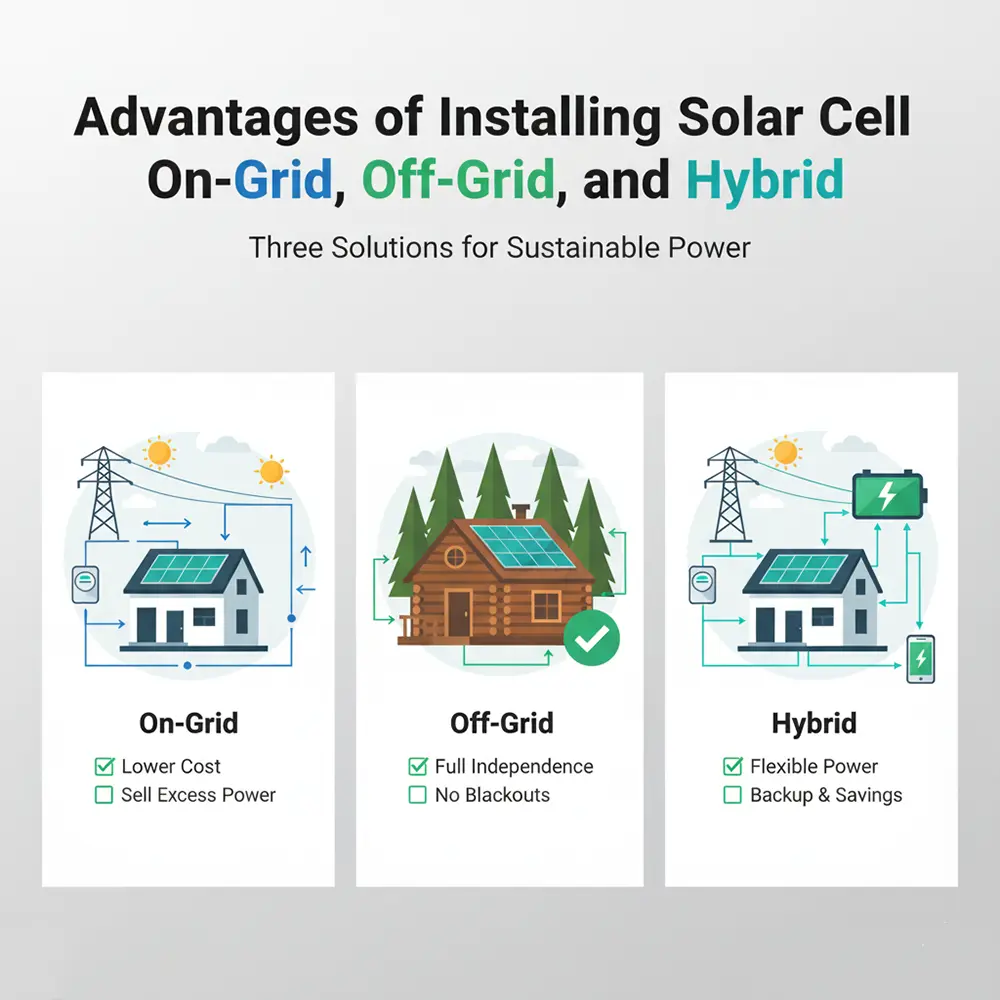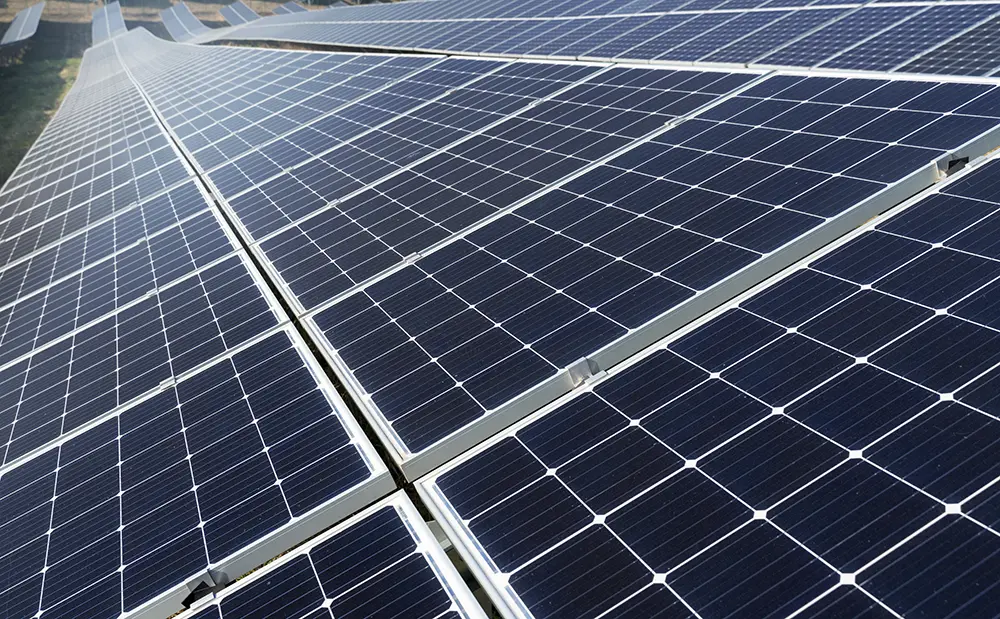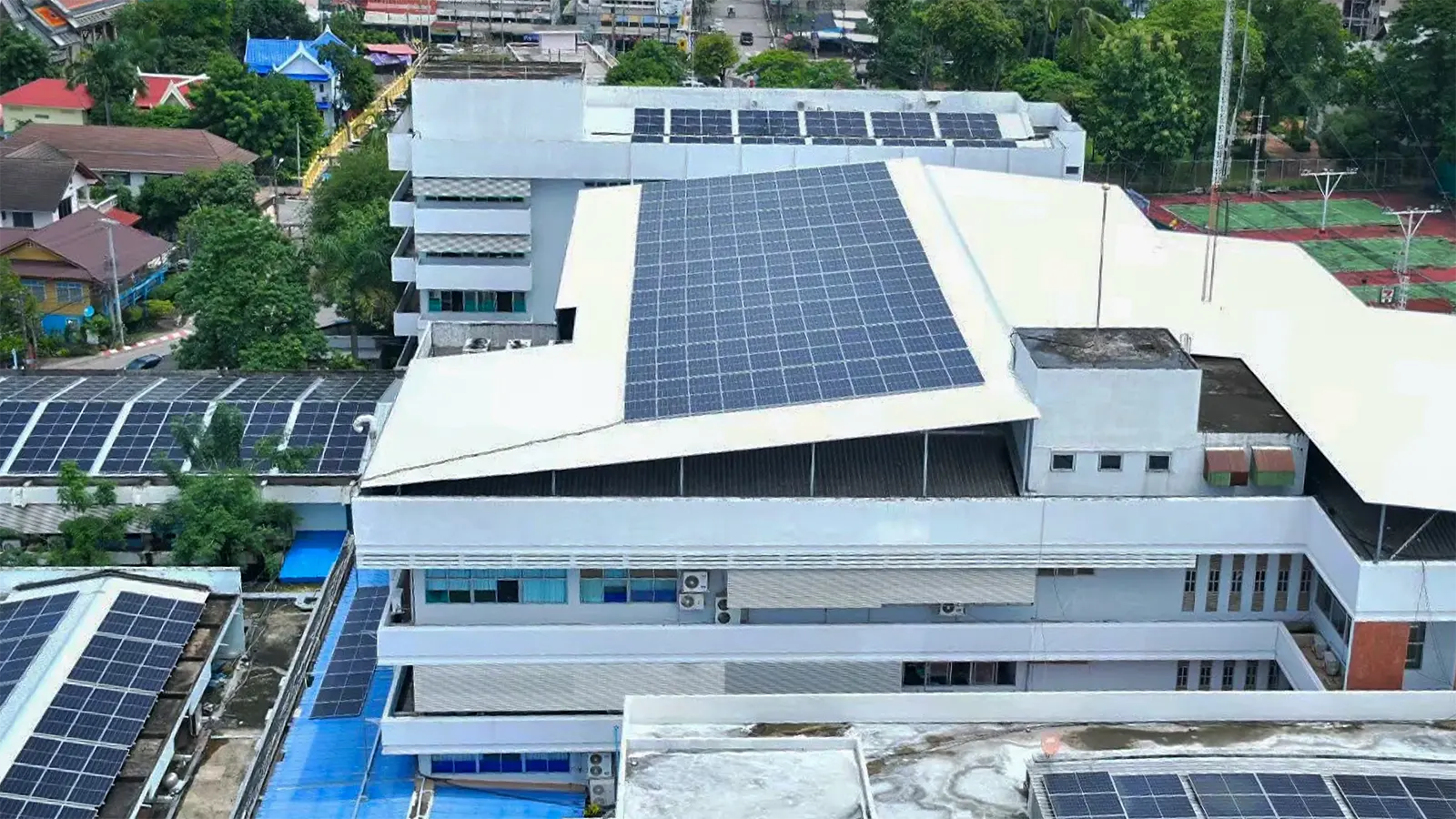News and activities
Deep dive into inverters for solar cell systems: How to choose the one that best meets your needs?
26 August 2025
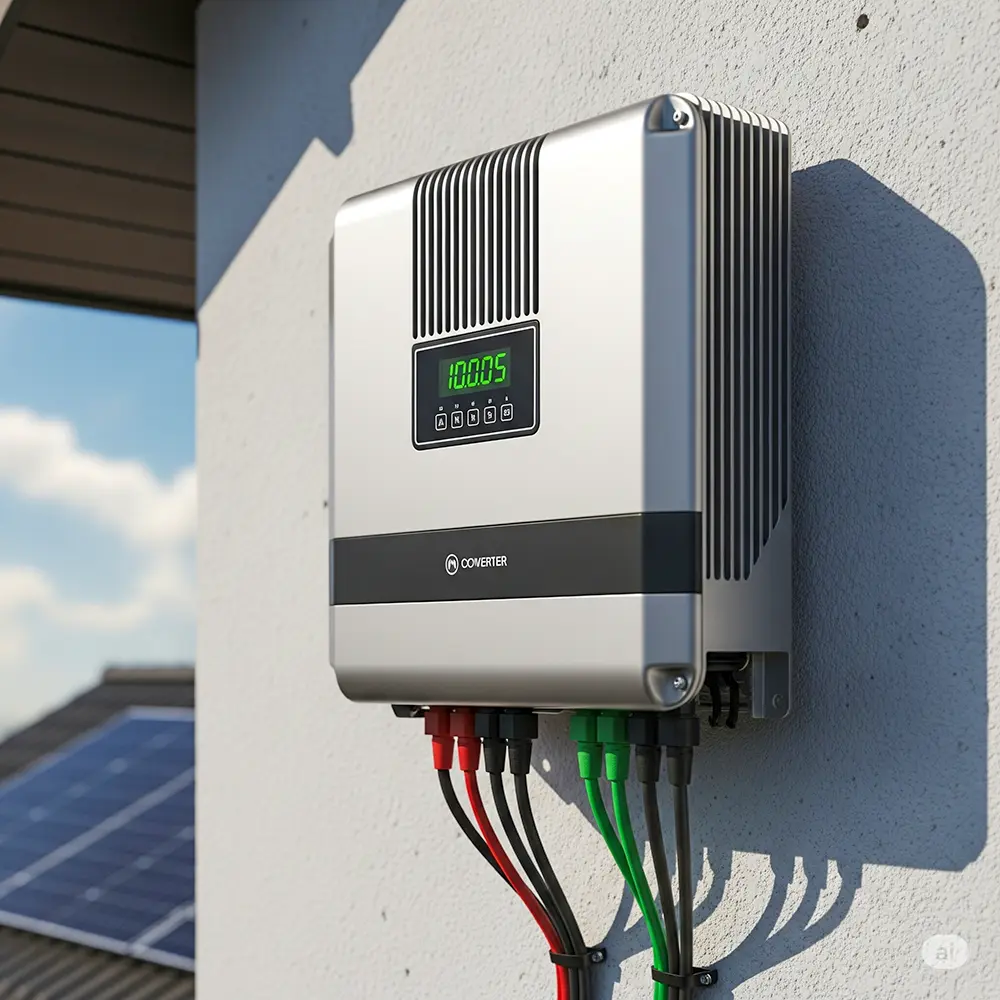
Inverters are the heart of any solar system. In addition to the solar panels that produce power, inverters play a crucial role in converting direct current (DC) electricity produced by the panels into alternating current (AC), the form of electricity we use for appliances in our homes and buildings. Choosing the right inverter can therefore impact the efficiency, safety, and cost-effectiveness of your overall solar system.
This article will take you through the different types and features of inverters to help you decide which inverter best meets your needs.
Why are inverters important for solar cell systems?
- Electricity Conversion: The main function of an inverter is to convert DC electricity produced by solar panels into AC electricity that can be used with general electrical devices.
- Maximum Power Point Tracking (MPPT): Newer inverters often come with MPPT technology, which monitors and adjusts the system's performance to maximize the power output from the solar panels under all lighting conditions.
- System Monitoring and Control: Many inverters include real-time solar system monitoring, allowing users to track the amount of power produced and check the system's operating status.
- Safety Features: The inverter has various protection systems such as over-current, over-voltage, over-temperature and short-circuit protection for safe use.
- Connection to the grid (for On-Grid systems): The inverter for the On-Grid system will synchronize the electricity produced with the grid so that excess electricity can be supplied back to the utility.
Types of inverters for solar cell systems
1. String Inverter
- Working Principle: Several solar panels are connected in series, or “strings,” and send electricity to a single central inverter.
- Advantages: Generally cheaper, easy to install and maintain.
- Disadvantages: The efficiency of the entire string will decrease if any one panel has a problem (e.g., shadowing or damaged panel). Not suitable for partially shaded systems or for panels installed in multiple directions.
- Suitable for: Small to medium sized solar cell systems with open panel installation areas, no shade, and all panels facing the same direction.
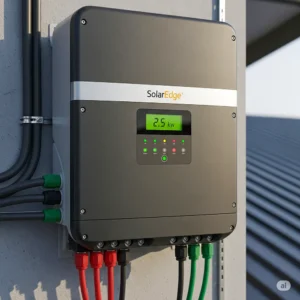
2. Microinverter
- Working principle: A small inverter is installed at the back of each solar panel. It converts DC electricity to AC from that panel.
- Advantages: Each panel works independently, so the overall efficiency of the system is not reduced if any one panel has a problem. The operation of each panel can be checked.
- Disadvantages: Higher price than string inverters, more equipment to install.
- Suitable for: Solar systems with partial shade problems or panels installed in multiple directions.
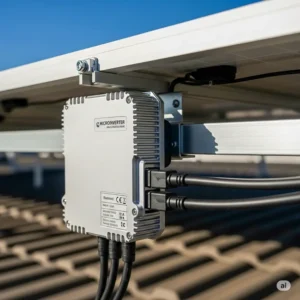
3. Hybrid Inverter
- Working principle: It is an inverter that combines the functions of power conversion and energy storage battery management system in one device.
- Advantages: Supports working with batteries efficiently. Can manage battery charging and discharging. Suitable for those who want to have a backup power system or want to use solar energy 24 hours a day.
- Disadvantages: They are more expensive than other types of inverters and are more complicated to install.
- Suitable for: Solar cell systems with energy storage batteries installed.
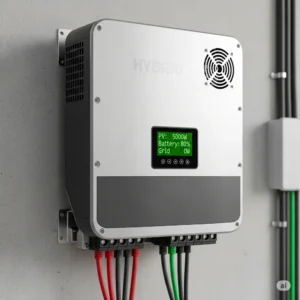
Key features to consider when choosing an inverter
- Power Rating: You should choose an inverter with a power rating appropriate to the size of the solar cell system. Generally, the power rating should be close to the total power rating of the solar panels.
- Efficiency: A high efficiency inverter will be able to convert more DC power to AC, resulting in less energy loss.
- Number of MPPT Trackers: If your solar panels are mounted in multiple orientations or have parts that may be shaded, you should choose an inverter with multiple MPPTs to ensure that each array of panels can be optimally powered.
- DC Input Voltage Range: Make sure the voltage range supported by the inverter is consistent with the voltage of your solar panel string.
- Output Voltage (AC Output Voltage): Generally for Thailand it is 230V.
- Warranty: Choose a model with an appropriate warranty period to ensure long-term use.
- Standards and Safety: Check that the inverter is certified to international and national standards.
- Monitoring and Control System: Some inverters have Wi-Fi or other communication ports that allow the system to be monitored via an application or website.
- Environmental Rating: Consider the installation environment, such as temperature, humidity, and dust and water protection level (IP Rating).

